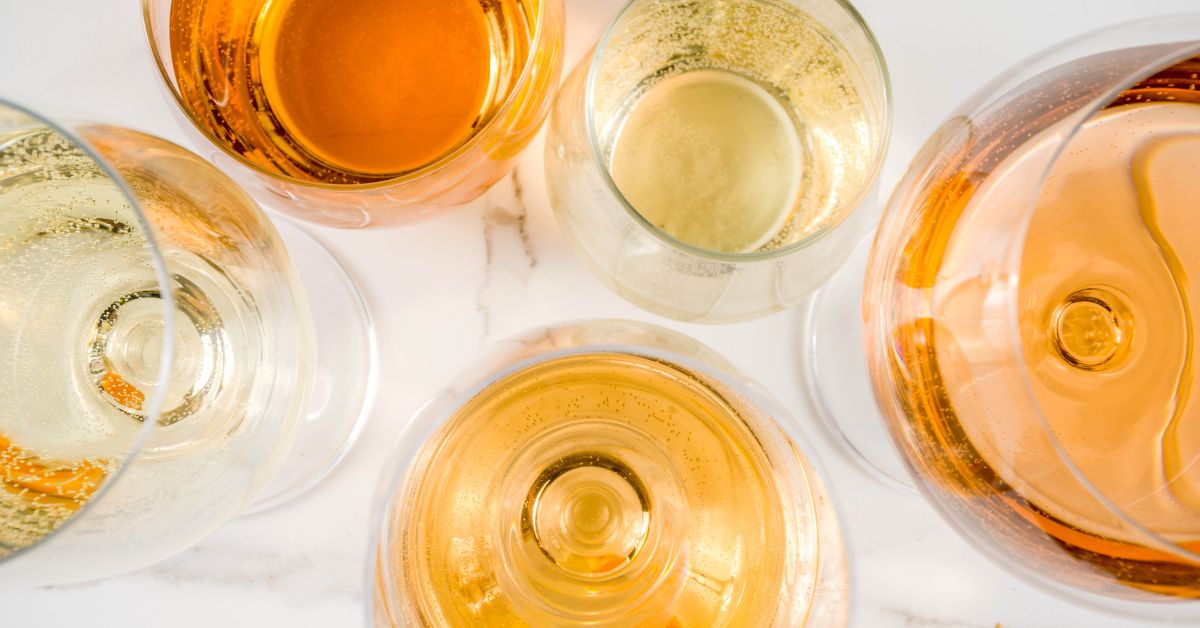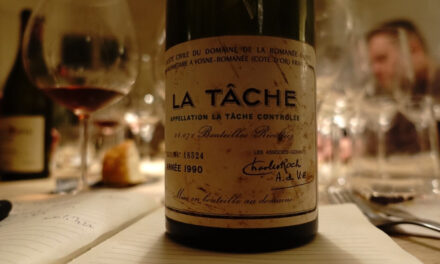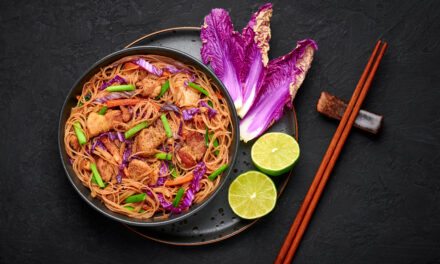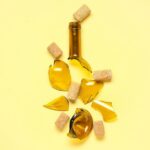It’s Orange Wine Girl Summer, get with it.
The beverage trend cycle is so fast, it’s giving me vertigo. A few years ago it was all about rosé, then the espresso martini came center stage. The New York Times declared Dirty Shirley the drink of the summer 2022, which was quickly upstaged by the Aperol Spritz. It’s rapid fire, people.
If you have your finger on the pulse of boozy trends, you’ll know– orange wine is up next.
Follow the mustached, beanie-clad hipsters to your local natural wine bar, and you’ll see. Everyone that’s anyone has a glass of orange wine. And if you listen closely, you’ll hear that they aren’t just sipping, they’re discussing the wine.
“You know, it’s not actually made from oranges. It’s maceration.”
That’s why I love the orange wine trend train. It adds the cool factor back to wine, and wine making, and wine science. The popularity of orange wine is creating a new kind of casual connoisseur with a peaked interest in wine production.
This wine trend won’t be like the rosé boom of the 2010s, which was largely driven by fast fashion-esc “Rosé All Day” shirts, mugs, wall art, stationary, dog collars, etc. The hipsters at the wine bar aren’t into that kind of consumption (and neither is Gen Z, for that matter.) On top of all that, nothing rhymes with orange, so what slogan would you even slap on a tee shirt? But I digress…
Orange wine is the moment, and it’s high time to be giving it a shot. If you aren’t yet familiar, here’s what you need to know about the style:
Orange wine is a fascinating style of wine that has gained popularity in recent years due to its unique production method and distinct flavor profile. Unlike traditional white or red wines, orange wine is made from white grapes but undergoes a skin-contact maceration process, giving it its characteristic amber or orange color. This process allows the wine to extract tannins, flavors, and aromas from the grape skins, resulting in a complex and textured wine.
To make orange wine, winemakers typically use white grape varieties such as Chardonnay, Pinot Grigio, or Riesling. These grapes are harvested at optimal ripeness and then pressed to break the skins of the grape, releasing the juice. However, instead of immediately separating the juice from the grape skins, the crushed grapes are left in contact with the skins for an extended period, ranging from a few days to several months. During this maceration process, the grape skins impart color, tannins, and flavor compounds to the juice, resulting in the orange hue and unique characteristics of the wine.
Orange wine has a rich history, with its roots in ancient winemaking traditions from Georgia. Today, it is produced in various countries around the world. Some of the most notable regions for orange wine production include Georgia, Slovenia, Italy (particularly the Friuli-Venezia Giulia region), and France (notably in the Jura and Alsace regions). These regions have embraced the traditional winemaking techniques associated with orange wine and have become known for their high-quality offerings.
In Georgia, orange wine is deeply rooted in the country’s winemaking heritage, with a history dating back thousands of years. Traditional Georgian orange wines, known as “qvevri wines,” are made using large earthenware vessels called qvevri, which are buried in the ground for fermentation and aging. This ancient winemaking method is recognized as an Intangible Cultural Heritage of Humanity by UNESCO.
Orange wines offer a wide range of distinct aromas and tasting notes. Due to the maceration process and extended contact with the grape skins, orange wines often exhibit a complex bouquet of aromatics. On the nose, you may encounter notes of dried apricots, orange peel, marmalade, and dried flowers.
When it comes to the palate, orange wine offers a unique combination of flavors and textures. This style tends to have a pronounced tannic structure, which contributes to their distinctive mouthfeel. Flavors of ripe or bruised stone fruits, citrus zest, jackfruit, honey, cedar, and dried herbs are often present, showcasing a balance between fruitiness and savory elements.
Additionally, orange wines can display a range of oxidative characteristics, such as nutty or caramelized notes, adding further complexity to the tasting profile. Its tannins and acidity complement rich, earthy flavors like roasted vegetables and grilled meats. Additionally, the wine’s vibrant fruitiness harmonizes well with dishes featuring citrus-infused flavors or spicy elements, adding a refreshing contrast.Overall, the taste of orange wine can be bold, textured, and intriguing, making it a fascinating choice for wine enthusiasts seeking something out of the ordinary.
Ready to pop on your amber colored glasses and climb onto the bandwagon? Good. We will meet you there, stay up to date on our daily offers & be first to access our next orange wine offer.












